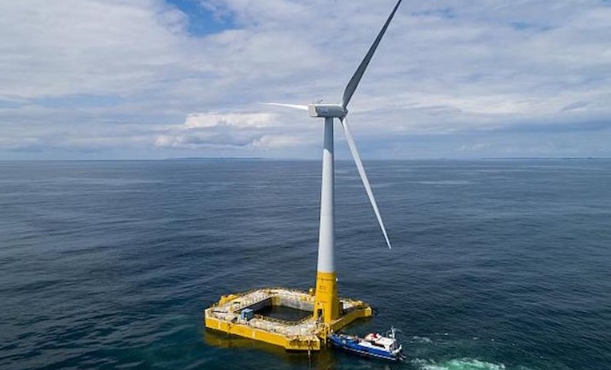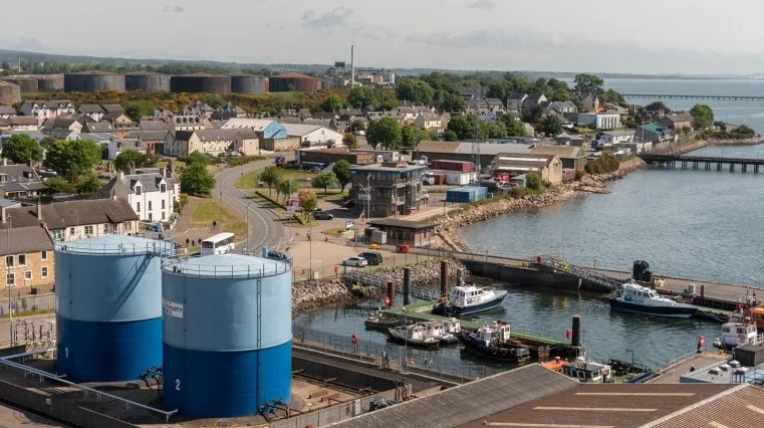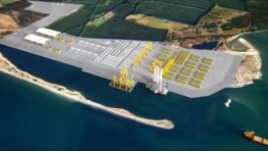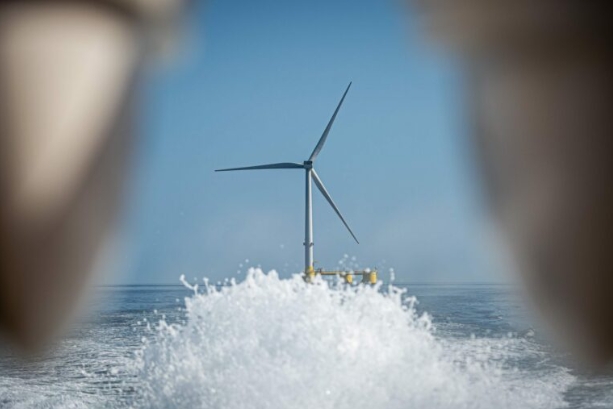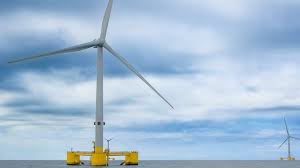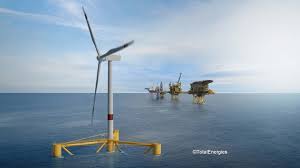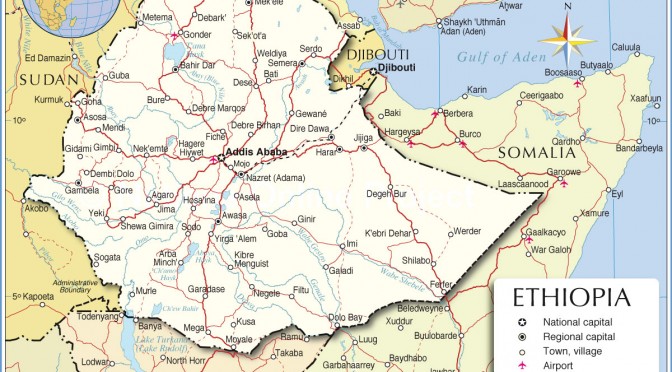
Ethiopia has significant renewable energy potential, including hydroelectric, wind, solar and geothermal sources, with the capacity to generate more than 60,000 MW of electrical energy.
The country is investing in several renewable energy projects, including the Grand Ethiopian Renaissance Dam (GERD), wind farms and geothermal plants, to improve energy security and support economic growth.
While facing criticism from downstream countries over the GERD, Ethiopia is diversifying its renewable energy portfolio to meet growing demand and ensure sustainable development.
Ethiopia has been gradually developing its renewable energy potential in recent years, adding wind, solar, geothermal and hydroelectric capacity. In the Horn of Africa, Ethiopia is home to abundant renewable energy sources, with potential for massive green energy generation if supported by increased investment in the sector. However, the Ethiopian government has been criticized in recent years for the construction of the Grand Ethiopian Renaissance Dam (GERD), which could hinder water sources for neighboring countries.
Ethiopia has the potential to generate more than 60,000 MW of electrical energy from hydroelectric, wind, solar and geothermal sources. It also has seven trillion cubic feet of proven natural gas reserves in its Ogaden basin. Despite this great potential, Ethiopia has struggled to harness its natural energy sources due to lack of investment. It currently has 5,200 MW of installed generation capacity, supplying electricity to less than 60 percent of the Ethiopian population. The government aims to increase this capacity to 17,000 MW in the next decade, but there are fears that demand will still outstrip supply as the economy and population continue to grow.
About 90 percent of Ethiopia’s electricity generation comes from hydropower, with wind and thermal sources providing 8 percent and 2 percent respectively. To significantly improve its hydropower capacity, the government has been building the $4 billion GERD for more than a decade, with a projected installed capacity of 5,150 MW. The massive dam is expected to support not only energy security but also economic and industrial growth. In October, the government said it had completed the fourth and final phase of filling a reservoir for its GERD hydroelectric plant, after years of delays following initial approval. In addition to the GERD, the government is also building the Koysha hydroelectric dam along the Omo River. This will be the second largest dam in Ethiopia, with a planned capacity of 2,170 MW.
The development of the GERD has been widely criticized by Egypt and Sudan, who are concerned that it could reduce the flow of vital Nile River water supplies. Both countries are downstream from Ethiopia and are concerned that the dam could prevent sufficient flow water towards them. Egypt suffers from severe water shortages and is heavily dependent on the Nile, which provides about 97 percent of its supply. The Egyptian government considers the construction of the GERD an “illegal” and “unilateral” measure. In December, Egypt said talks on GERD had failed after Ethiopia refused to reach a deal to ensure protection of Egyptian and Sudanese water supplies. Meanwhile, the Ethiopian government has repeatedly emphasized the need for GERD to support the country’s economic development and energy security.
In addition to its hydropower resources, Ethiopia is also developing its solar, wind and geothermal capacity. The government aims to create a climate-resilient electricity grid. In December, Ethiopia signed an agreement with AMEA Power of the United Arab Emirates to build a 300 MW wind farm valued at $600 million. The Aysha wind farm will be located on 18,000 acres of land and is expected to support the creation of 2,000 jobs during the construction and operation phases. This forms part of AMEA’s strategy to expand its renewable energy projects in Africa, the Middle East and other emerging markets. It joins Ethiopia’s two existing wind farms in the Oromiya and Tigray regions and will be the largest in the country.
There are also high hopes for Ethiopia’s geothermal potential, supporting aims for Africa’s geothermal capacity to overtake that of Europe by the end of the decade. There is a projected $35 billion in investment headed to Kenya and Ethiopia to develop the two countries’ geothermal resources in the East African Rift. At present, Africa produces just 1 GW of geothermal energy, which is half that of Europe. However, the project pipeline suggests that this figure will double or triple by 2030. Together, Kenya and Ethiopia are expected to contribute around 90 percent of a projected 13 GW in geothermal energy generation in Africa by 2050. In contrast, Europe is expected to produce around 5.5 GW by this time.
At present, geothermal energy is used to power Aluto Langano, just one of Ethiopia’s 22 power plants, producing around 7.3 MW of power. The government is aiming to develop 17 new geothermal projects to achieve 35,000 MW of installed capacity, to meet the national demand as well as for export.
Although Ethiopia does not currently produce enough electricity to meet the needs of its growing population, the government’s climate aims and several planned investments in a range of renewable energy sources are expected to help the country rapidly and significantly develop its green energy capacity. While the government of Ethiopia has attracted criticism from countries located downstream for the development of its mega-dam, it is not putting all its eggs in one basket, as it pursues several major wind, solar and geothermal projects, to help ensure its energy security and support economic development.
